
While there has been great enthusiasm toward adopting such foundational model-based artificial intelligence tools in all sectors possible, the capabilities and limitations of such LLMs in improving the operation of the electric energy sector need to be explored, and this commentary identifies fruitful directions in this regard. Key future research directions include data collection systems for fine-tuning LLMs, embedding power system-specific tools in the LLMs, and retrieval augmented generation (RAG)-based knowledge pool to improve the quality of LLM responses and LLMs in safety-critical use cases.
[1] Subir Majumder, et al. "Exploring the capabilities and limitations of large language models in the electric energy sector." Joule 8.6 (2024): 1544-1549.
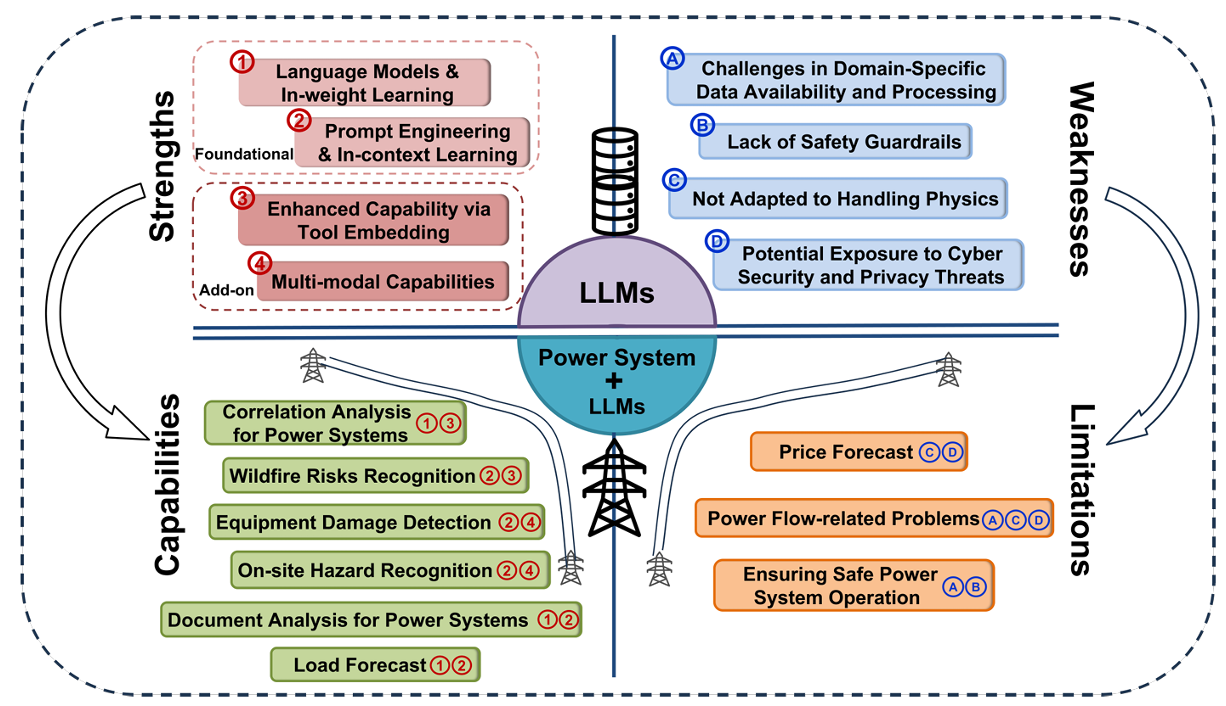
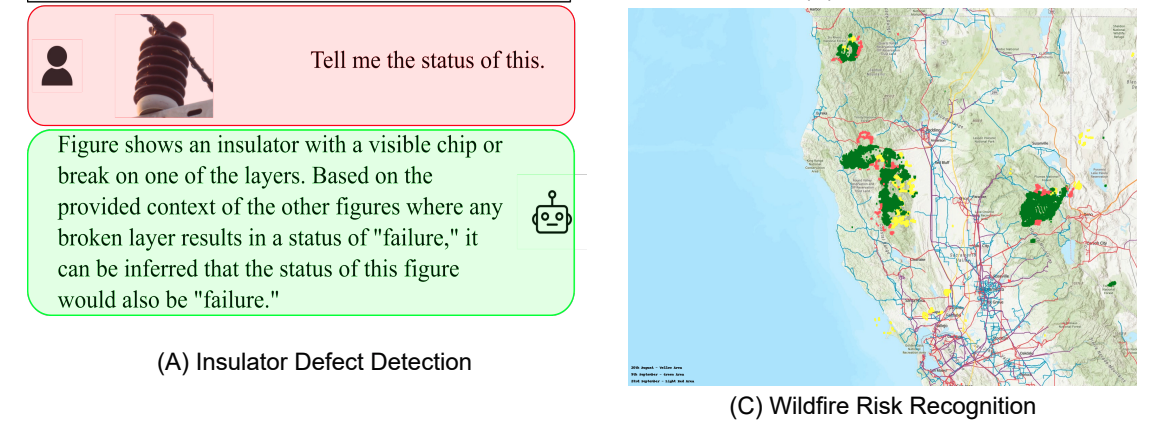
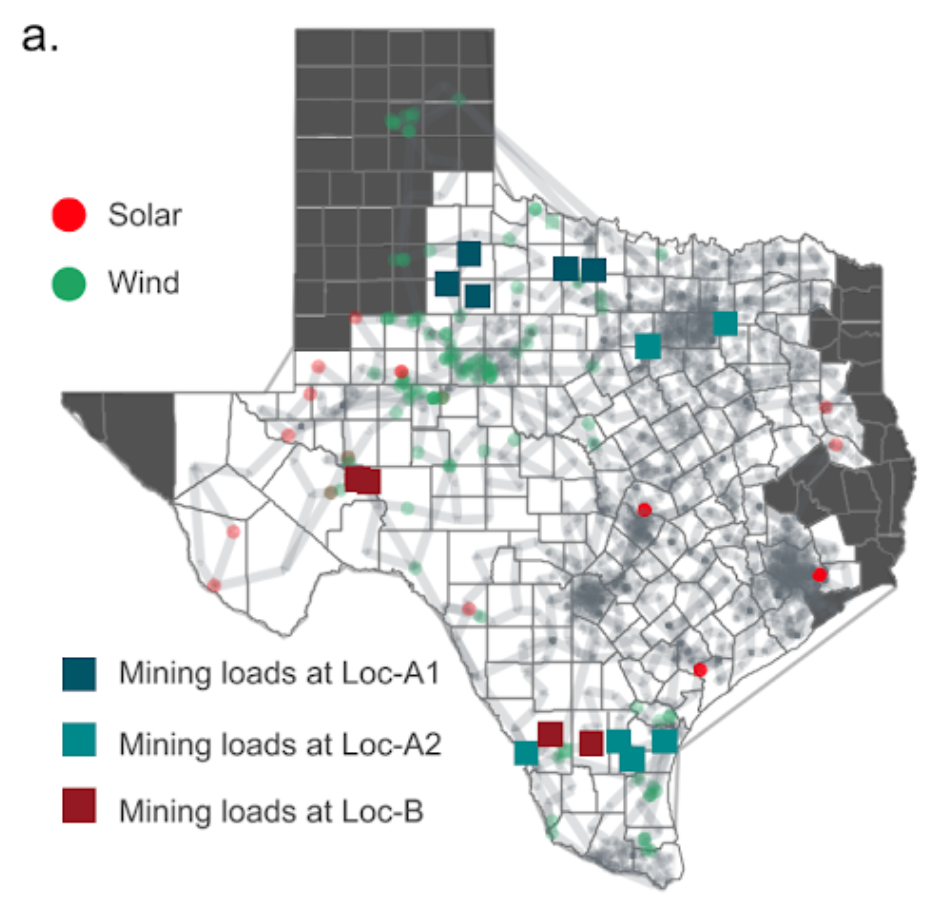
Our work presents a holistic insight that analyzes the impacts of computing demand on carbon emission, market prices, and system reliability by leveraging a large-scale grid model and high-resolution spatio-temporal data. We study the location of mining loads as a critical factor in carbon emission. We show that the carbon footprint of computing loads exhibits locational disparity. Specifically, low-electricity-price locations can control carbon emissions below 50% of the system-wide average, while close-to-renewable locations do not necessarily lead to low carbon emissions.
[1] Ali Menati, et al. "High resolution modeling and analysis of cryptocurrency mining’s impact on power grids: Carbon footprint, reliability, and electricity price." Advances in Applied Energy 10 (2023): 100136.
Advanced AI algorithms for power system operation and control aim to enable adaptive learning of grid dynamics while ensuring safe, explainable operations. They enhance reliability and stability by increasing power throughput, enabling fast fault detection, and improving forecasting accuracy. These advancements optimize energy distribution, support renewable integration, and foster a resilient, data-driven grid.
[1] Amit Jena, Dileep Kalathil, and Le Xie. "Meta-learning-based adaptive stability certificates for dynamical systems." Proceedings of the AAAI conference on artificial intelligence. Vol. 38. No. 11. 2024.
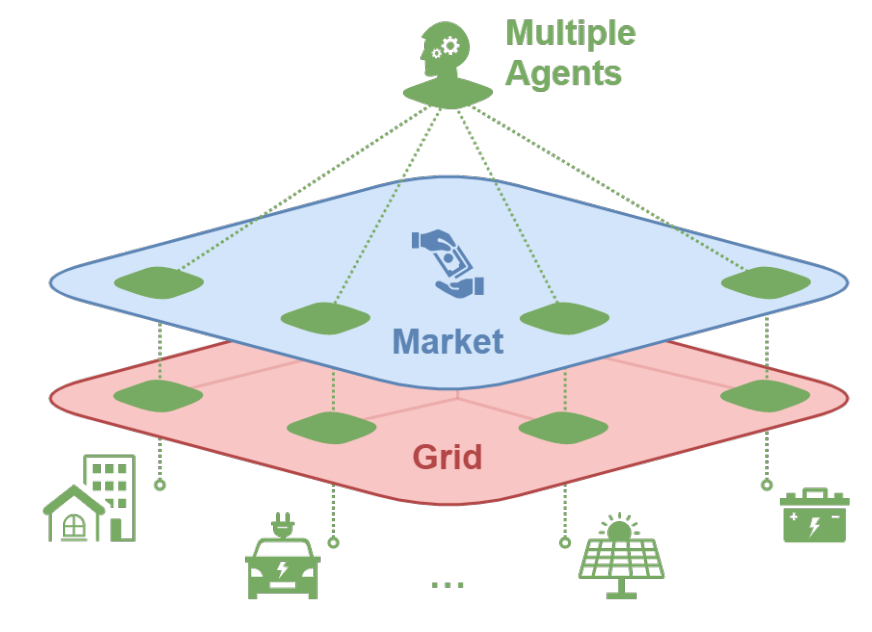
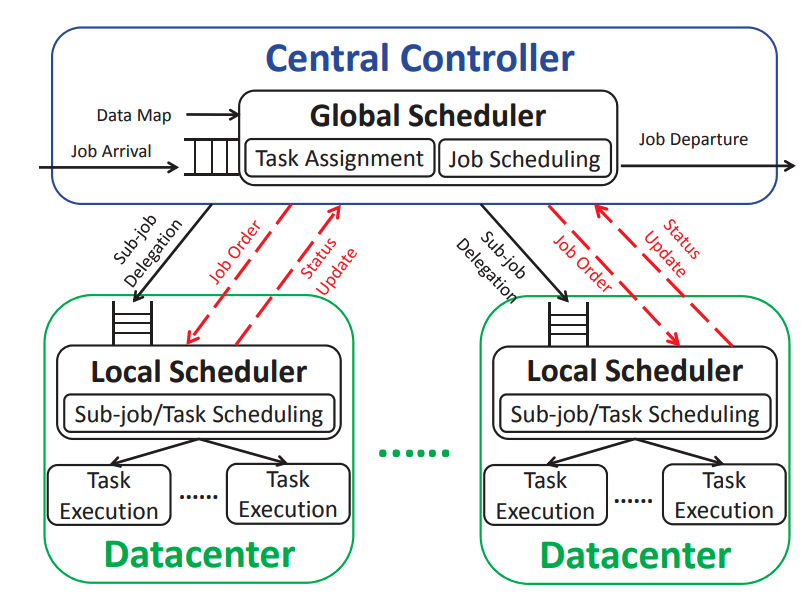
System-level energy-aware computing focuses on optimizing computational tasks to align with electricity demand and pricing fluctuations. Traditional scheduling strategies often rely on immediate demand and price signals without integrating energy forecasts or considering unique source properties. A system-level energy-aware model requires a scheduler responsive to real-time conditions and informed by long-term energy forecasts.
[1] Chien-Chun Hung, Leana Golubchik, and Minlan Yu. "Scheduling jobs across geo-distributed datacenters." Proceedings of the Sixth ACM Symposium on Cloud Computing, 2015.
